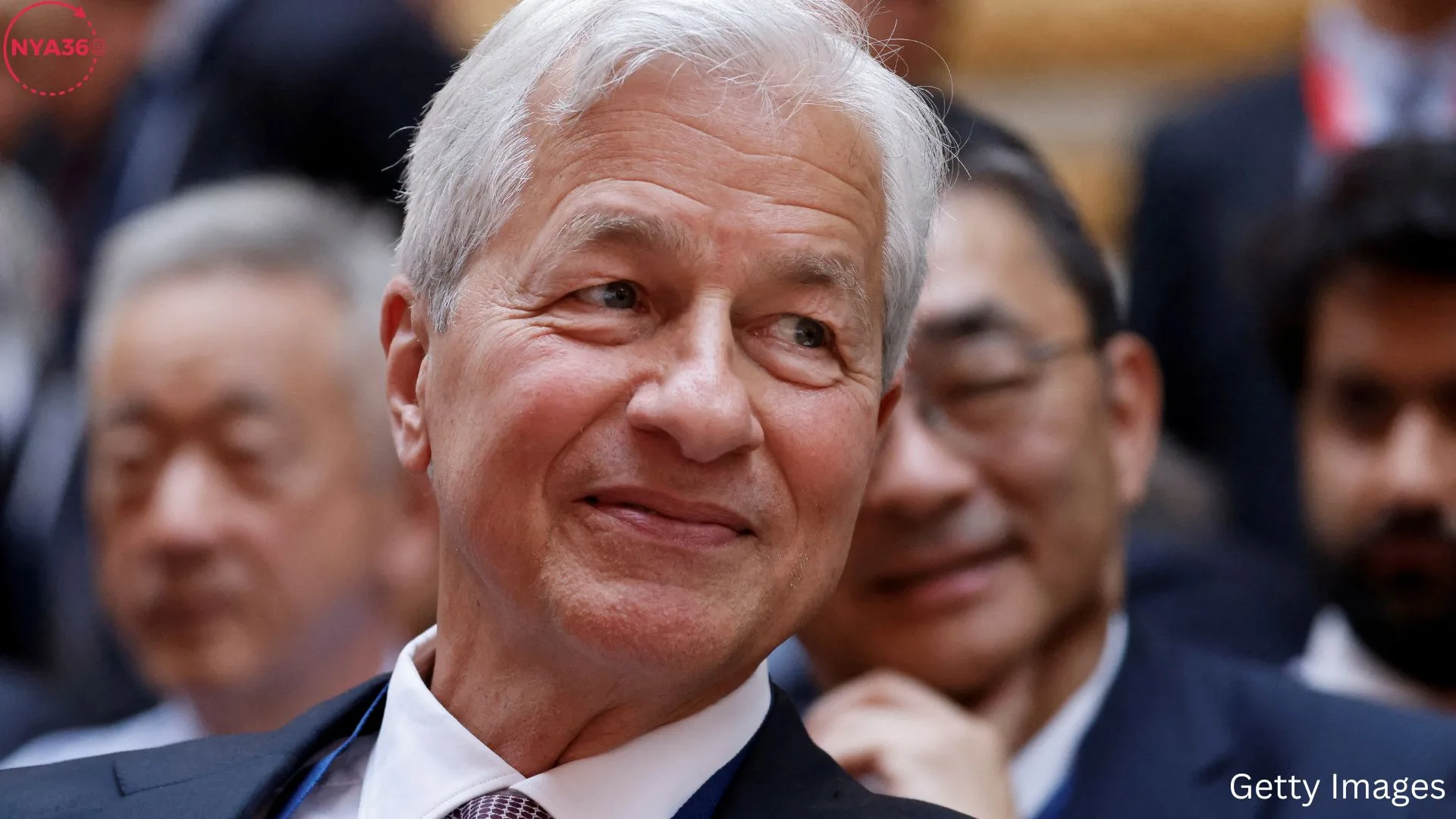JPMorgan has confidently predicted that the Federal Reserve (Fed) will decrease interest rates by 0.5% in September and November of this year. This prognosis is being made against the backdrop of consistent policy actions by the Federal Reserve into 2024, which goes against earlier predictions of interest rate cuts. The interaction between inflation dynamics, labor market circumstances, and the Federal Reserve’s strategic goals will be crucial in determining monetary policy decisions as the economic landscape evolves. This article explores JPMorgan’s prediction, the Federal Reserve’s current position, and the possible consequences for the overall economy.
JPMorgan’s forecast of a 0.5% reduction in interest rates in September and November indicates an optimistic view of the US economy’s capacity to maintain growth and meet the Federal Reserve’s inflation goals. The projection is consistent with the market’s expectation of a 72% probability of a 50 basis points reduction in interest rates in September, as published by ForexLive and ZeroHedge. The anticipation of interest rate reductions is influenced by various factors, such as indications of decreasing inflation and a willingness to promote economic growth in the face of global concerns.
It is crucial to take into account JPMorgan’s historical performance in forecasting interest rate reductions. At the beginning of 2024, the company expected a decrease in interest rates that did not happen, as the Federal Reserve had a consistent policy position. The past instances of inaccurate predictions highlight the difficulties involved in forecasting central bank decisions, which are shaped by an intricate combination of economic indicators and geopolitical events. Notwithstanding these difficulties, JPMorgan’s present prediction indicates confidence in a transition towards a more accommodating monetary policy.
Fed Governor Austan Goolsbee, a significant figure in the Federal Reserve’s decision-making process, has highlighted the significance of adopting a cautious and deliberate approach to monetary policy. Goolsbee emphasized the importance of avoiding excessive tightening measures to manage inflation. This is because such measures could hinder economic growth and raise the likelihood of a recession. The Federal Reserve’s prudent position is evident in its choice to maintain interest rates at their current level until 2024, despite external influences and market anticipations for reductions in rates.

The inflation rate is a key determinant of the Federal Reserve’s monetary policy. Recent data suggest that inflation is trending in the intended direction, with price rises gradually decreasing towards the Federal Reserve’s goal range. This enhancement allows the Federal Reserve to potentially pursue a more accommodative monetary policy without triggering a resurgence of inflationary forces. Nevertheless, the central bank must carefully consider the potential negative consequences of reducing interest rates too early, since this could jeopardize the achievements made in achieving price stability.
In addition, the labor market demonstrates stability, characterized by consistent job expansion and minimal unemployment rates. These favorable labor market developments serve as a safeguard against possible economic downturns but also decide to reduce interest rates more complex. A strong labor market has the potential to support consumer spending and economic activity, which would lessen the need for interest rate decreases to spur growth.
Market expectations are of paramount importance in influencing the economic environment. Anticipating rate decreases might impact investor behavior, stock market performance, and borrowing expenses. If the Federal Reserve were to conform to JPMorgan’s prediction, there would probably be a beneficial effect on equities markets. This is because lower interest rates generally enhance stock valuations by decreasing the discount rate used to calculate future earnings.
Nevertheless, it is crucial to thoroughly evaluate the wider economic consequences of reducing interest rates. Reducing interest rates has the potential to encourage investment and consumer expenditure, thus bolstering economic expansion. On the other hand, they can also result in an excessive inclination towards taking risks and the formation of asset bubbles, which could disrupt financial markets in the long run.

The Federal Reserve’s policy decisions are not decided independently but rather are influenced by the prevailing global economic conditions. The Federal Reserve operates in a challenging environment due to the combination of slowing growth in major economies, geopolitical tensions, and trade concerns. A potential interest rate reduction by the Federal Reserve might also have significant global ramifications, including the movement of capital, exchange rates, and economic circumstances in foreign nations.
As we enter the last months of 2024, the Federal Reserve is confronted with the challenge of carefully managing the intricacies of monetary policy. JPMorgan’s prediction of significant interest rate reductions demonstrates confidence in the US economy’s ability to withstand challenges and the Federal Reserve’s competence in controlling inflation. Nevertheless, the prudent position of the central bank, as expressed by Goolsbee, emphasizes the difficulties of preventing excessive tightening while simultaneously promoting economic expansion.
The Federal Reserve’s choices will ultimately be based on a thorough evaluation of economic indicators, market conditions, and global developments. Although there is a chance of interest rate reductions in September and November, the future course is filled with uncertainty. It necessitates cautious consideration and a sophisticated comprehension of the interrelated factors that influence the economy. With anticipation from investors and politicians, the actions of the Federal Reserve hold significant consequences for both the US and worldwide economies.
Follow us on social media: Instagram, Threads & Twitter X @nya360_ YouTube & Facebook @nya360.





